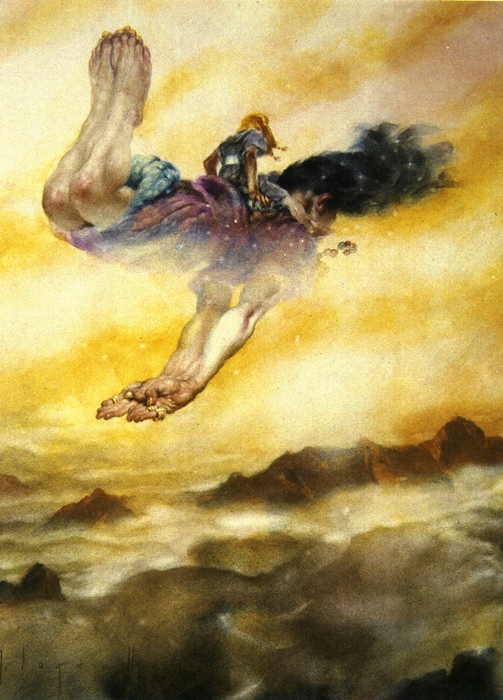Here are a few more rare Leyendecker illustrations from my collection.
This first one, I have never seen reproduced anywhere else. Probably instances of it have not survived because of it's fragility. It is printed on thin tissue paper. Mine only survived because some artist back in the 1920's made a scrap file of illustrators they liked and glued it onto horrible old cardboard.
One day at a swap meet, many boxes of these collected images from his scrap files showed up and after hours of picking through I was able to purchase many obscure illustrations by several artists I collect.
This illustration is very odd for Leyendecker, imitating as it does a Japanese Print in style. It has a fold down the middle and staple holes so it was part of a booklet. Probably one of the Kuppenheimer Catalogs?
This one is the Post cover he painted for the issue dealing with the great San Francisco earthquake. It doesn't often show up in Leyendecker collections because that issue is often grabbed up for collections of the earthquake, and it does not overtly look like a typical Leyendecker image.
This one was done for an obscure local celebration in St Louis. I always point out that the artist suggests that the Mississippi River is infested with river monsters. (See lower right corner.)






















































